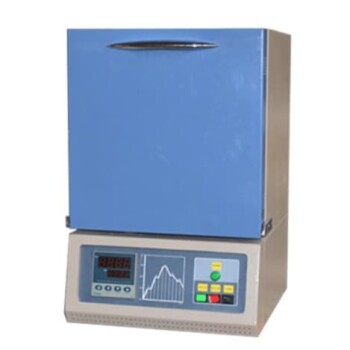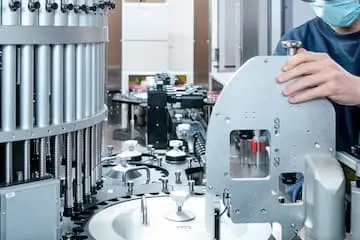Toggle Categories
Get Instant Support
Choose your preferred way to connect with our team
-
Get Free Quote Fill out form for detailed pricing
-
Send Email Detailed inquiry support
-
WhatsApp Quick mobile chat
Response Time
Within 8 hours on working days, 24 hours on holidays
Muffle Furnace

High Temperature Muffle Oven Furnace for Laboratory Debinding and Pre Sintering
Item Number : KT-MD

Laboratory Muffle Oven Furnace with Bottom Lifting
Item Number : KT-BL

1200℃ Muffle Oven Furnace for Laboratory
Item Number : KT-12M

1400℃ Muffle Oven Furnace for Laboratory
Item Number : KT-14M

1700℃ High Temperature Muffle Oven Furnace for Laboratory
Item Number : KT-17M

1800℃ High Temperature Muffle Oven Furnace for Laboratory
Item Number : KT-18M
REQUEST A QUOTE
Our professional team will reply to you within one business day. Please feel free to contact us!
Related Articles

Beyond the Parts List: The Real Reason Your Vacuum Hot Press Fails (And How to Fix It)
Frustrated with inconsistent vacuum hot press results? Discover why just upgrading parts fails and how a system-based approach unlocks repeatable success.

Why Your High-Temperature Furnace Fails: The Hidden Culprit Beyond the Cracked Tube
Frustrated by failed high-temp experiments? Learn why replacing parts doesn't work and how a system-engineered furnace ensures reliable, repeatable results.

Your Vacuum Furnace Is a System, Not a Component—Here’s Why That Changes Everything
Struggling with inconsistent high-temperature vacuum processes? Discover why a bigger pump isn't the answer and how an integrated system approach is key.

How Vacuum Pressure Sintering Furnaces Elevate Material Performance Across Industries
Discover how vacuum pressure sintering furnaces enhance material performance with precision, purity, and industry-specific benefits across aerospace, medical, and automotive sectors.

How to Select the Right Vacuum Hot Pressing Furnace Temperature for Your Materials
Learn how to choose the right vacuum hot pressing furnace temperature for materials like ceramics, metals, and alloys. Optimize sintering with expert tips.

How CVD Diamond Synthesis Methods Compare for Industrial Applications
Compare CVD diamond synthesis methods (HFCVD, DC Plasma Arc Jet, MPCVD) for cost, quality, and industrial applications like tools, optics, and quantum tech.

How Vacuum Hot Press Furnaces Transform Advanced Material Engineering
Vacuum hot press furnaces enable precise material synthesis for aerospace, electronics, and energy sectors, enhancing density, strength, and reliability.
